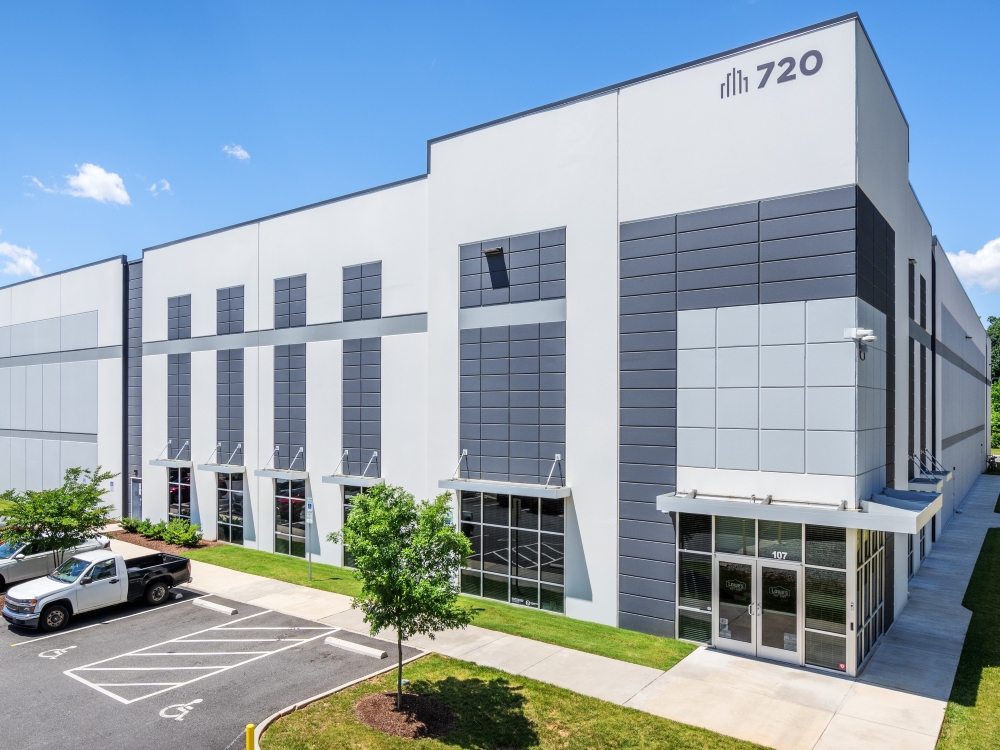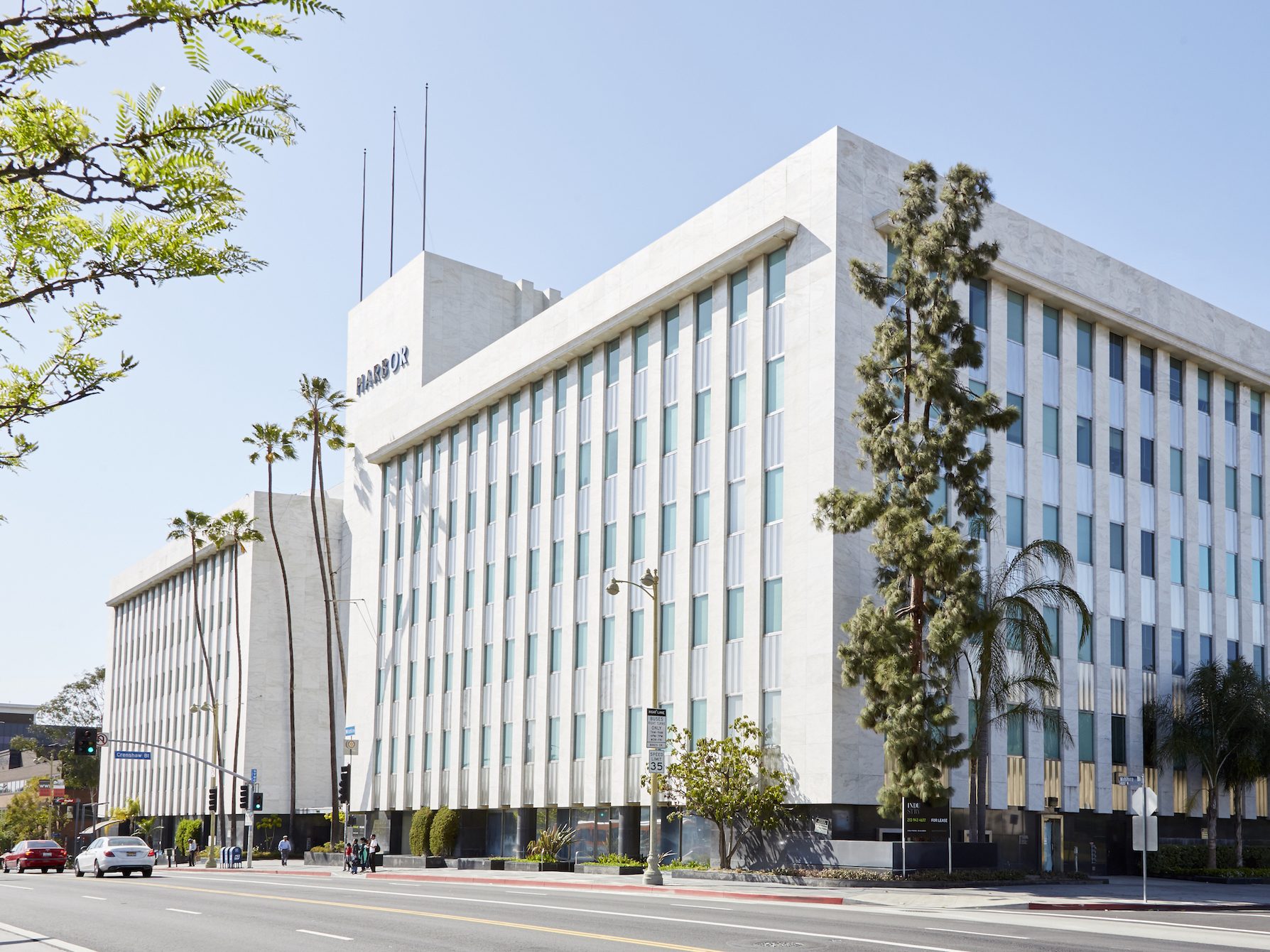What Does the T-Mobile/Sprint Merger Mean for Wireless Tower REITs?
Following the merger, the tower operators would generate most of their domestic revenue from only three major tenants, which Moody's believes could increase the new entity's negotiating power.
By Dilara Sukhov

Dilara Sukhov
On 29 April, T-Mobile US, Inc., the parent of T-Mobile USA, Inc. (T-Mobile, Ba2 stable) and Sprint Corporation (B2 review for upgrade) announced plans to merge. According to Moody’s, the proposed merger would be credit-negative for the three U.S. wireless tower REITs that the credit agency rates: American Tower Corporation (AMT, Baa3 stable), Crown Castle International Corp. (CCI, Baa3 stable) and SBA Communications Corporation (B1 stable). The proposed carrier consolidation would likely reduce T-Mobile/Sprint’s tower lease renewal rates and increase domestic tenant concentration in the REITs’ portfolios because the tower operators would have only three major domestic tenants, down from four currently.
In Moody’s view, if the merger is completed, it would temper the organic growth rates of tower REITs and increase lease non-renewals, which would translate to the affected tower sites generating lower revenue, as compared to a scenario in which T-Mobile and Sprint remained independent companies. To streamline costs and achieve synergies, the combined T-Mobile/Sprint plans to decommission 35,000 towers in the 2-3 years following the merger’s close and to add 10,000 new sites for a total of 85,000 towers, down from the 110,000 towers that the two carriers used at the end of 2017.
The merger between T-Mobile, the third-largest US wireless carrier, and Sprint, the fourth-largest, would also increase the tower operators’ already-high domestic tenant concentration. The increased tenant concentration would likely also increase the tower REITs’ exposure to the credit quality of their remaining primary tenants and the tenants’ ability to invest in their wireless networks. Following the merger, the tower operators would generate most of their domestic revenue from only three major tenants, as compared to four currently, likely improving the remaining tenants’ negotiating power.
Mitigating factors
Moody’s believes that the non-cancelable nature of the carriers’ leases with the tower operators, however, would mitigate the negative credit effects over the next several years. The average remaining lease term for all three tower REITs on both Sprint and T-Mobile is between 3 and 7 years. In Moody’s view, the risk of significantly higher churn from carrier consolidation in the U.S. is relatively low, given the carriers’ track records of deploying more equipment following M&A activity in the sector.
According to Moody’s, despite the merger’s negative credit effects for wireless tower REITs, continuously rising demand for data consumption is a strong positive for the tower REITs because increased data usage requires carriers to invest in their networks to boost wireless capacity. Given the commitment of the combined T-Mobile/Sprint to spend $40 billion over the next three years to build out their 5G technology, the needs of all three major US wireless carriers to invest in 5G deployment and increase network capacity would mitigate the loss of revenue from equipment decommissioning.
In addition, wireless tower REITs would likely benefit from the combined T-Mobile/Sprint’s massive spectrum holdings and its goal of adding equipment to make all spectrum available at all sites before significant equipment decommissioning. If the new company builds its joint network and makes the combined spectrum holdings available on all sites, it would need to move customers to a new network before decommissioning a significant quantity of the existing sites, which would translate into substantial amendment fees for the wireless tower operators.







You must be logged in to post a comment.